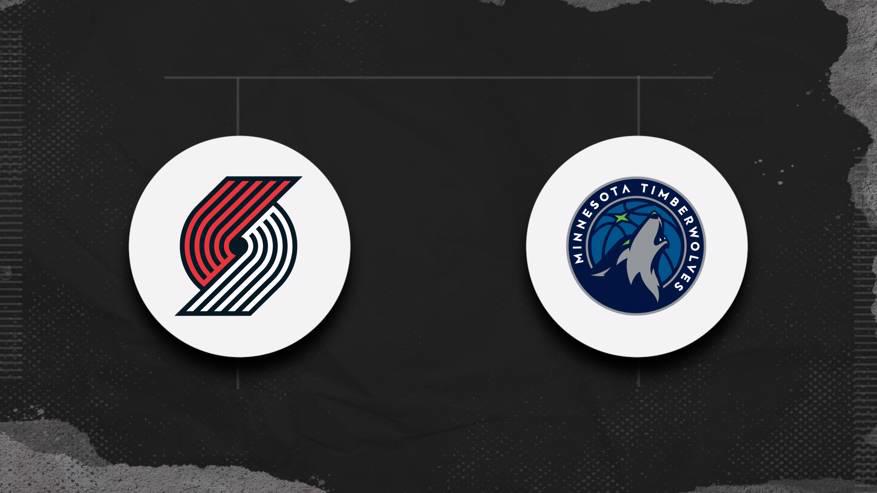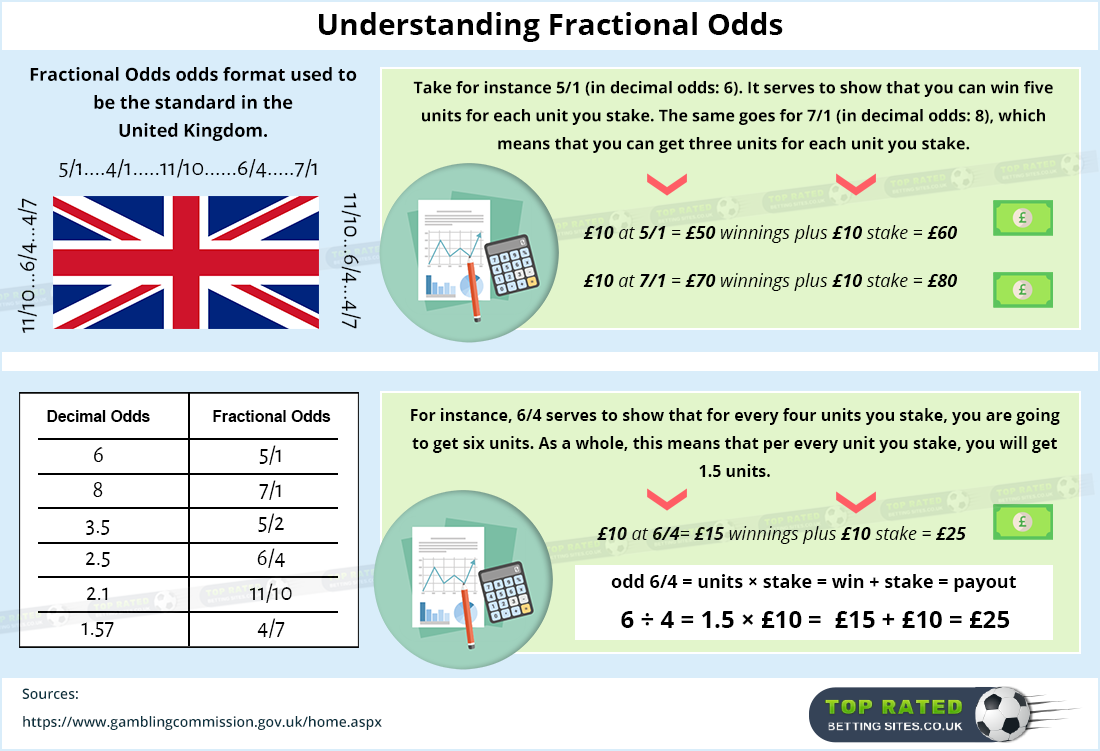Save / Share This Bet Slip
What is an each way bet? - Learn about the each way bet and all its possible outcomes. This bet can generate a return even when your selection doesn't win outright. Discover how the returns are calculated and follow the detailed examples.
Double bet calculator - For an each way wager with 2 selections, use this calculator. Please be sure to manually select the Each Way option from the dropdown box. Both selections must at least place to gain a return.
Treble bet calculator - Combine 3 selections into an each way treble and calculate the returns with this calculator. Just choose the option from the drop down menu and enter your details. Note that all selections must finish in a placing position to achieve a return.
The Packers would be 1.714 in decimal odds as a -140 favorite in American odds. For every $1 risked, you’re profiting 71.4 cents, plus your $1 back. The Vikings would be 2.2 in decimal odds as a +120 underdog, meaning for every $1 risked, you’re profiting $1.20 and getting your $1 back. Negative odds - Firstly multiply the american odds by -1 and use the positive value in the following formula: american odds divided by (the american odds plus 100), multiplied by 100 to give a percentage e.g. American odds of -300 = (300/(300+100)). 100 = 75%.
Accumulator bet calculator - Supports up to 20 selections in an each way accumulator. Choose your options and enter the odds for the returns to be calculated. Supports rule 4 deductions, dead heats, non runners, fold betting and more.
Each Way Bet Calculator FAQ

An Each Way bet is essentially split into 2 bets. The first part of the bet is a WIN bet on your selection, and the second is that they will PLACE, the place bet will vary per race or event, but it will generally be to finish in the top 4 or 5.
When you place an Each Way bet your stake is doubled; so a £5 Each Way bet would require a £10 stake. £5 will go on the win portion and £5 on the place portion.
The place portion of the bet will be represented using a fraction of the winning odds. So for instance, if the each way fraction is 1/5 and the winning odds are 10/1 and you place a £5 each way bet, then your win portion has potential returns of £55 (£50 + £5) and the place portion potential returns of £15 (£10 + £5). If your selection wins you will receive both these returns if they place then you will only receive the second returns for that portion of the bet.
The main advantage of an Each Way bet is that it increases your chance of a win. If the odds are long already then the potential returns if your selection places may still be attractive.
On the downside Each Way bets require a greater initial stake as your stake is essentially doubled and if your selection already has low odds then the returns may be significantly less attractive once you discount the win portion of your stake.

There are two ways odds – or prices – are displayed at racecourses in Britain: the traditional fractional system or the more recently introduced decimal system.
Fractional odds:
These are usually displayed in this format: 4/1.
In spoken form this is “Four-to-one” and sometimes this can be written as: 4-1.

Odds are just maths. To illustrate some examples, let’s call each number a unit. So:
4/1: For every 1 unit you stake, you will receive 4 units if you win (plus your stake).
7/2: For every 2 units you stake, you will receive 7 units if you win (plus your stake).
9/4: For every 4 units you stake, you will receive 9 units if you win (plus your stake).

If you see fractional odds the other way round – such as 1/4 – this is called odds-on and means the horse in question is a hot favourite to win the race.
In spoken form this is “Four-to-one on”.
1/4: For every 4 units you stake, you will receive 1 unit if you win (plus your stake).
1/2: For every 2 units you stake, you will receive 1 unit if you win (plus your stake).
Sometimes you will see Evens or EVS displayed. This is the equivalent of a 1/1 fraction. Again it means the horse in question is expected to win the race.
EVS: For every 1 unit you stake, you will receive 1 unit if you win (plus your stake).
71 Oldsmobile Cutlass

Decimal odds:
These are usually displayed in this format: 5.00.
5.00: Simply multiply this number by your stake to calculate your total potential returns if you are placing a win bet. Unlike fractional odds, your stake is already factored into this price i.e. this is the equivalent of 4/1 plus the 1 unit you stake.
Favourites:
7/1 Odds Calculator
Each race has a favourite. This is the horse most likely to win, which is reflected in having the shortest price displayed with betting operators.
You will see an F alongside the horse’s odds when they are the favourite. If more than one horse has the same odds of winning according to the betting market, this will be displayed as JF, meaning joint-favourite.
What about odds when betting each-way?
Racecourse bookmakers operating at Jockey Club Racecourses must meet (or exceed in the customer’s favour) a standard set of terms if you decide to place an each-way bet.
71 Oldsmobile 455
You will appreciate it is not affordable for bookmakers to pay out on all four places in a four runner race (!) so these agreed terms concerning place part of your each-way bet have to vary dependent on the number of runners and type of race. These are:
• Races with 3 or runners: win bets only, unless the bookmaker chooses to offer 1/5 (one fifth) of the stated odds for finishing 1st or 2nd
• Races with 3 or 4 runners: 1/5 (one fifth) of the stated odds for finishing 1st or 2nd
• Races with 5 to 7 runners (inclusive): 1/4 (one quarter) odds for finishing 1st or 2nd
• Races with 8 or more runners: 1/5 odds for finishing 1st, 2nd or 3rd
• Handicap races with 12 to 15 runners (inclusive): 1/4 odds for finishing 1st, 2nd or 3rd
• Handicap races with 16 to 21 runners (inclusive): 1/5 odds for finishing 1st, 2nd, 3rd or 4th
• Handicap races with 22 or more runners: 1/4 odds for finishing 1st, 2nd, 3rd and 4th